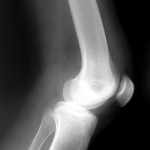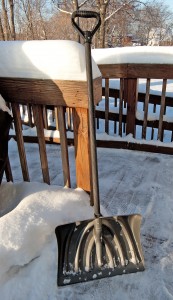Natural Menopause Treatment- Janice’s Story
Tuesday, March 2nd, 2010 Janice is 48 years old, and for the past year she has been feeling persistently tired and has had difficulty sleeping at times. Her periods have become less regular and are often heavier than they used to be. She often feels irritable and “not herself” and states she sometimes feels depressed. Over the past year, she has experienced some difficulty with frequent urinary tract infections and complains that relations with her husband are less enjoyable for her due to vaginal dryness. Intercourse is sometimes painful; as a consequence, she rarely feels like being intimate with her husband. She says that her libido is “almost non-existent”.
Janice is 48 years old, and for the past year she has been feeling persistently tired and has had difficulty sleeping at times. Her periods have become less regular and are often heavier than they used to be. She often feels irritable and “not herself” and states she sometimes feels depressed. Over the past year, she has experienced some difficulty with frequent urinary tract infections and complains that relations with her husband are less enjoyable for her due to vaginal dryness. Intercourse is sometimes painful; as a consequence, she rarely feels like being intimate with her husband. She says that her libido is “almost non-existent”.
If you find that you are experiencing many or all of Janice’s symptoms, you are likely in perimenopause, the period of time which can last months or years and precedes menopause, when ovulation ceases to occur monthly. These symptoms can be attributed to fluctuations in hormone levels, and are commonly experienced by many women.
PreMenora is a botanical formula made up of 10 different natural ingredients that help to ease the transition to menopause. Every woman is different, and PreMenora is designed to alleviate symptoms of perimenopause without the serious risks associated with pharmaceutical hormone replacement therapies, such as breast cancer and heart disease. If you are interested in learning more about Premenora, visit http://premenora.predisease.com/product_information.php.







